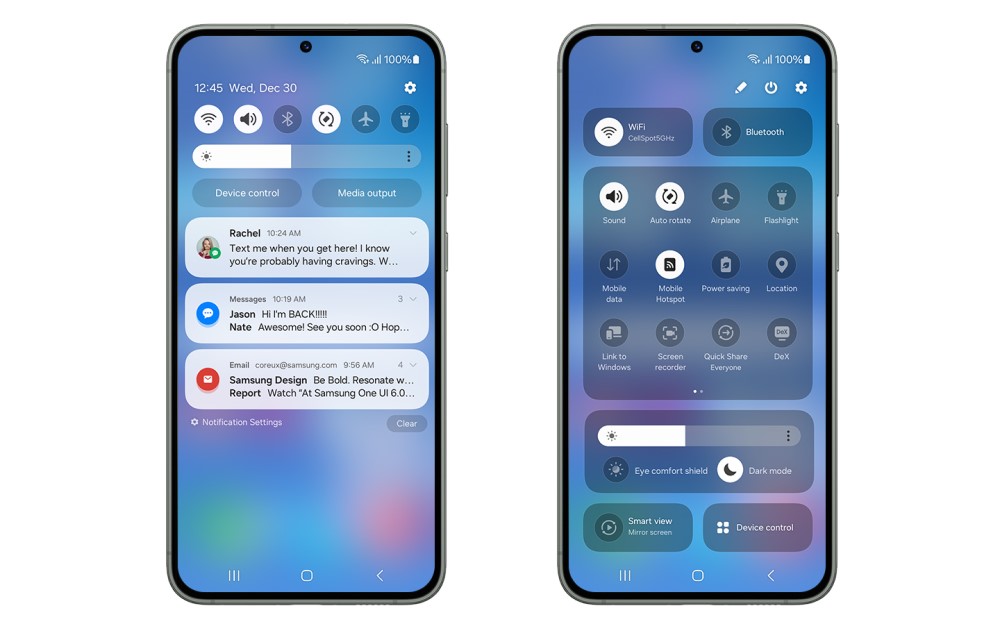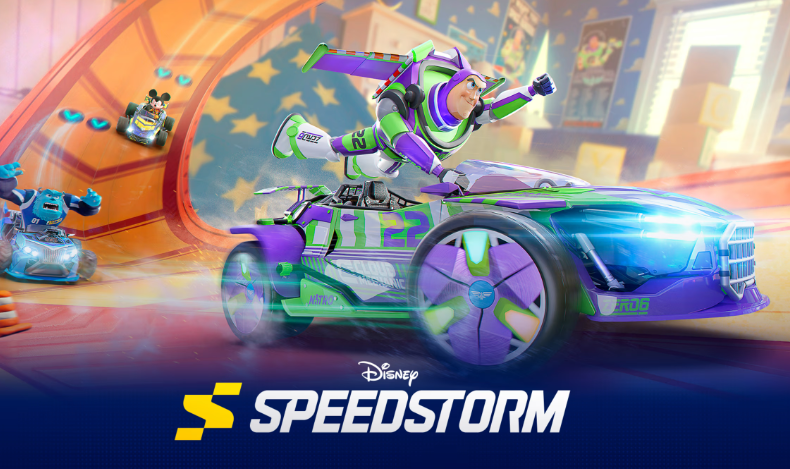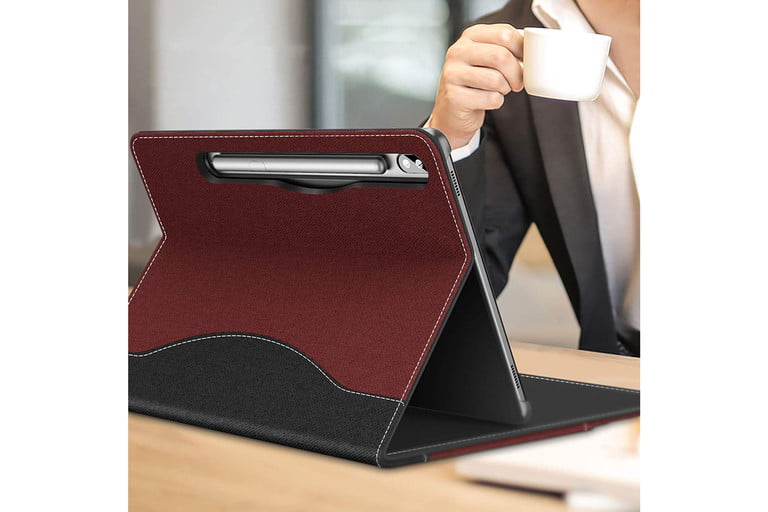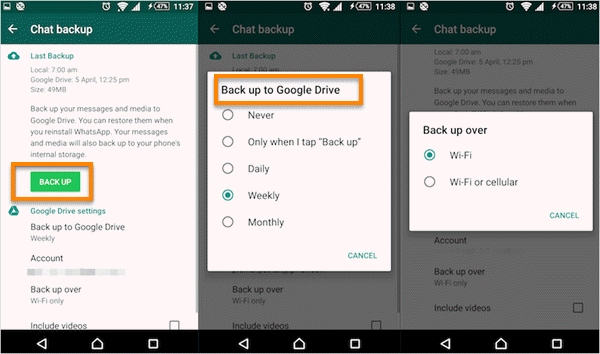In today’s smartphone landscape, it’s not uncommon to experience software-related issues after a new update. Samsung recently released the stable One UI 6 update for its Galaxy S23 series, and more models are expected to follow suit. One UI 6.0, based on Android 14 OS, brings a host of new features, personalization options, productivity enhancements, and privacy settings. Unfortunately, some users have reported stability and performance issues, particularly with lagging. In this comprehensive guide, we will explore various troubleshooting steps to fix the One UI 6 lagging issue and ensure smooth performance.
Common One UI 6 Lagging Issues
After updating to One UI 6, several Samsung Galaxy users have reported persistent lag issues. These issues manifest as lagging scrolling animations, slow app drawer performance, and frustrating delays when pulling down the notification panel. The root causes of these issues can range from system glitches and corrupted cache partitions to problems with the One UI cache itself. In the following sections, we will delve into actionable solutions to address these performance problems and optimize your device for smooth operation.
Troubleshooting Steps
1. Force Restart Your Phone
A simple yet effective method to resolve lag issues is to force restart your Samsung Galaxy device running One UI 6. This step clears the system cache data and resolves temporary glitches that may be affecting performance. If your device freezes or becomes unresponsive, follow these steps:
- Press and hold the Power + Volume Down buttons simultaneously for more than 7 seconds.
- The device will forcefully reboot, resolving any temporary issues causing lag.
2. Turn Off Discover from One UI Home
One UI Home offers a feature called Discover, which recommends apps based on usage patterns. However, this feature can lead to performance issues. To disable Discover and improve performance, follow these steps:
- Open the Settings menu.
- Tap on Apps and locate OneUI in the list.
- Select OneUI Home Settings.
- Disable the Discover feature.
- Reboot your device to apply the changes.
3. Set a Lower App Screen Grid
Adjusting the app screen grid on your home screen settings can alleviate software lags. By reducing the number of app icons displayed, you can optimize the system’s performance. To set a lower app screen grid, follow these steps:
- Open the Settings app.
- Tap on Apps and locate OneUI in the list.
- Select OneUI Home Settings.
- Choose Home Screen.
- Search for and tap on App screen grid.
- Set the grid to a lower number.
- Exit the settings and observe the improvements in performance.
4. Turn Off Adaptive Battery
The Adaptive Battery feature optimizes battery life based on usage patterns. However, it can also contribute to performance issues. Disabling Adaptive Battery can help alleviate lag problems. Follow these steps to turn off Adaptive Battery:
- Go to the Settings app.
- Tap on Battery and Device Care.
- Select Battery and then tap on More Battery Settings.
- Turn off the Adaptive Battery option.
- Monitor your device’s performance after disabling Adaptive Battery.
5. Clear the One UI Home Cache
Corrupted cache data can cause various issues, including lagging, on Samsung Galaxy devices running One UI 6. Clearing the cache of the One UI Home app can help resolve these problems. Follow these steps to clear the One UI Home cache:
- Open the Settings app.
- Tap on Apps and locate OneUI in the list.
- Select Storage and tap on the Clear Cache button.
- Check if the lagging issue persists after clearing the cache.
6. Free Up Internal Storage Space
Insufficient internal storage space can contribute to lagging and stutters in system performance. Freeing up space by removing unnecessary files and media can significantly improve your device’s software performance. Follow these steps to free up internal storage space:
- Identify and delete unnecessary files, such as duplicate photos and large media files.
- Move files to external storage or cloud-based services.
- Uninstall unused apps to free up additional space.
- Monitor your device’s performance after freeing up storage space.
7. Close Background Apps
Running multiple apps in the background can consume system resources, network bandwidth, and battery power, leading to lagging issues. Close unnecessary background apps to optimize system performance. Follow these steps to close background apps:
- Navigate to the recent apps menu by swiping up from the bottom of the screen (or using the recent apps button, depending on your device).
- Swipe left or right to close individual apps or tap Clear All to close all background apps.
- Reboot your device and observe the improvements in performance.
8. Avoid Overheating
Overheating can cause system instability and result in frequent reboots or shutdowns. If your Samsung Galaxy device restarts abruptly while charging or during intensive tasks, it may be overheating. To prevent overheating and subsequent lagging issues, follow these steps:
- Close resource-intensive apps or games.
- Turn off unnecessary features, such as GPS and Bluetooth, when not in use.
- Keep your device in a cool environment and avoid exposing it to direct sunlight.
- Power off your device for a few minutes to allow it to cool down.
9. Wipe Cache Partition
Wiping the cache partition can resolve issues related to corrupted cache data, including lagging and performance drops. Use the following steps to wipe the cache partition:
- Connect your One UI 6 running Samsung Galaxy device to a computer using a USB cable.
- Power off your device and then press and hold the Volume Up + Bixby/Power keys simultaneously until the stock recovery screen appears.
- Release the buttons and use the Volume Down key to navigate to Wipe cache partition.
- Press the Power button to select the option.
- Use the Volume Down key to highlight Yes and press the Power button to confirm.
- Wait for the cache partition wipe to complete.
- Reboot your device and check if the lagging issue is resolved.
10. Stop Background Downloads
Background downloads, whether over mobile data or Wi-Fi, can consume network resources and impact system performance. Stopping background downloads can help reduce lagging issues. Follow these steps to stop background downloads:
- Open the Settings menu.
- Tap on Connections.
- Select Data usage or Wi-Fi depending on the type of connection.
- Disable background downloads or set a limit on data usage.
- Monitor your device’s performance after stopping background downloads.
11. Check for Software Updates
Outdated system software can contribute to performance issues, including lagging. Ensure that your Samsung Galaxy device is running the latest software version. To check for software updates, follow these steps:
- Open the Settings menu.
- Tap on Software Update.
- Select Download and Install to check for available updates.
- If an update is available, download and install it.
- Restart your device and observe the improvements in performance.
12. Install All Pending App Updates
Outdated app versions can also cause lagging and performance drops. It is recommended to install all pending app updates from the Google Play Store to ensure optimal performance. Follow these steps to install app updates:
- Open the Google Play Store app.
- Tap on the hamburger menu icon.
- Select My Apps & games.
- Tap on the Update All button to install pending updates.
- Restart your device and monitor the performance after updating the apps.
Additional Tips and Considerations
- Run a full scan for viruses and malware using the device’s built-in security features or a reputable antivirus app.
- Disable Edge panels if you experience performance issues related to this feature.
- Turn off the “Put unused apps to sleep” feature in the battery settings to optimize performance.
- Reset app preferences if you continue to experience app launching glitches or performance drops.
- Consider using the Google Keyboard instead of the stock Samsung keyboard app to address lagging issues.
- Reduce the screen refresh rate to adaptive or standard mode to eliminate visual lag and touch response issues.
- If all else fails, consider performing a factory data reset. Remember to back up your data before proceeding.
Conclusion
By following these troubleshooting steps, you can resolve the One UI 6 lagging issue and optimize the performance of your Samsung Galaxy device. Remember to apply these solutions systematically and monitor the improvements in performance after each step. If the issue persists, consider reaching out to Samsung’s customer support for further assistance. Enjoy a lag-free experience on your Galaxy device running One UI 6!








